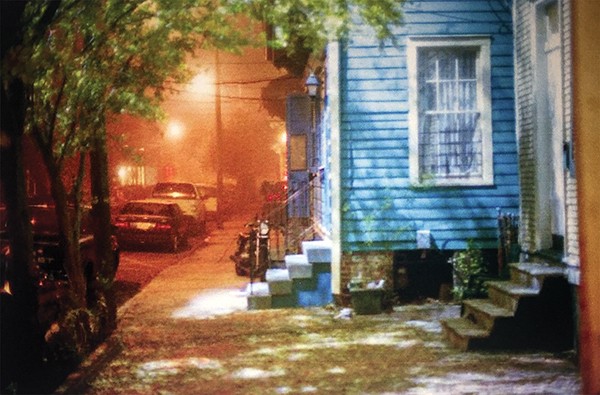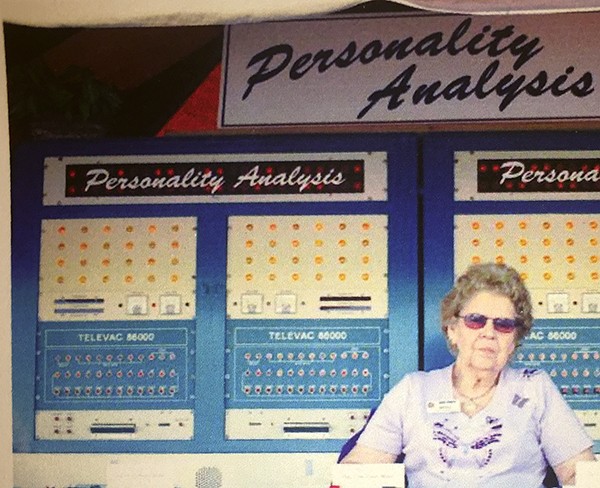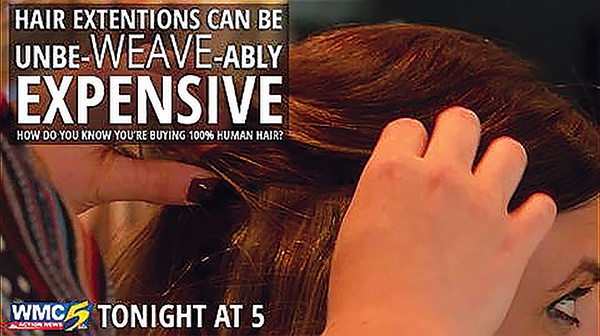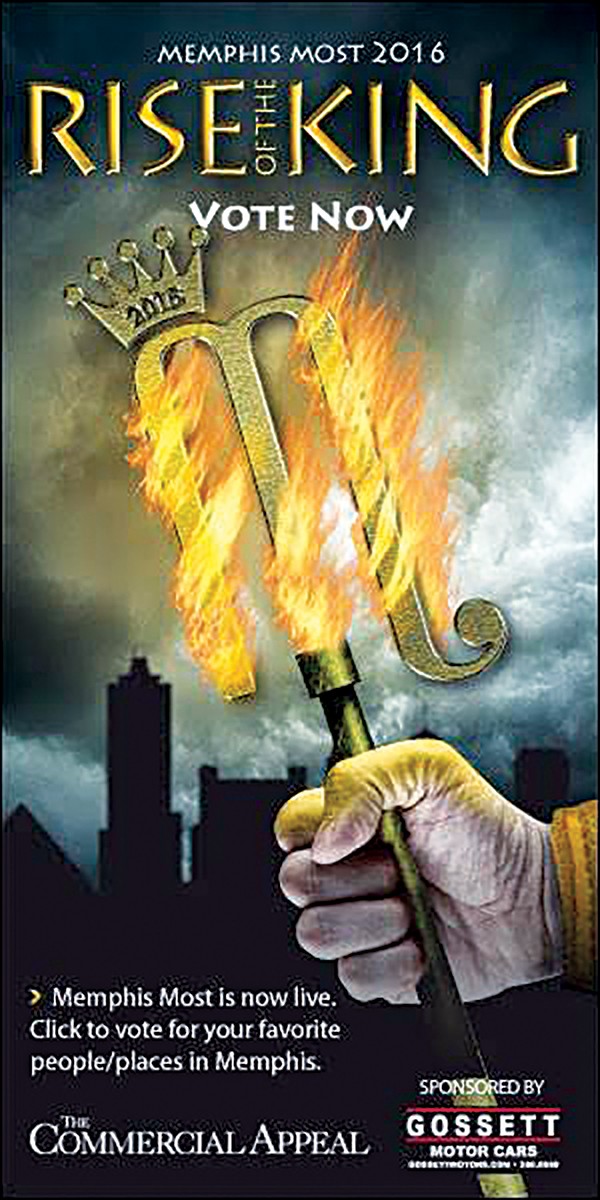Jimbo Mathus — Band of Storms EP (Big Legal Mess)
Jimbo Mathus calls his latest EP a collection of cave paintings that turned into folk songs. The Oxford, Mississippi, guitarist is comfortable churning many different genres through his folk/boogie-rock filter, making for a relaxed yet confident batch of songs created in Bruce Watson’s Dial Back Sound studio.
Released just in time for summer, Band of Storms is definitely a party record, made for those who find joy in shot-gunning a beer or holding court while cooking in the backyard with a half dozen like-minded derelicts. There’s nothing serious on Band of Storms, and even the sadness on the song “Slow Down Sun” doesn’t take away from the party that Mathus has created with his laid-back approach to songwriting. While Band of Storms won’t be competing for record of the year in any major music poll, the EP is a testament to the Southern rock-and-roll being celebrated by Fat Possum/Big Legal Mess and a glimpse into what happens when an artist is perfectly comfortable with recording whatever they want, whenever they want. — CS
Favorite Track: “Slow Down Sun”
Ryan Azada — Weird, But Cool (Self Release)
Ryan Azada long stood behind the curtain. He booked bands at DIY spaces all over Memphis, pulling 70 to 80 hours a week at Crosstown Arts, and often hopped onto shows last minute with an acoustic guitar and songs that seemed like they would never get the studio treatment. A proper release was overdue, but it‘s a solid introduction.
Azada‘s debut EP Weird, But Cool spans three tracks and barely hits the 10-minute mark, but he aptly uses his time to scratch the surface of deep-seated cynicism wrapped in oddball hope. Each song on Weird, But Cool is unique, which is a feat for any musician who relies on an acoustic guitar as their backbone.
The OAM Network’s Gil Worth engineered two tracks on Weird, But Cool, “Madison & Cleveland“ and “What I Want to Say,” live at the Pezz practice space. EP-opener “Return to Nothing” features guitarist Scott Scharinger of DADs, who Azada played bass for until they broke up. Azada‘s band combines a cast of musicians woven into his life from previous endeavors. Julien Baker and Matt Gilliam of Forrister lend guitars and drums. Rebecca Flax, another musician from the Smith7 inner circle, plays bass.
Weird, But Cool captures well the humble and distant warmth that embodies Azada‘s live sets, and I hope a full length is forthcoming. — JC
Favorite Track: “Madison & Cleveland”
Evil Dead — Death by Electric Shock EP (Evil Dead Records)
Long before Evil Army became the biggest name in the local metal scene, there was a group called Evil Dead. Inspired by bands like the Misfits and the Reatards, Rob Wilkerson (Aka Rob Evil) picked up his guitar and cranked out five tracks of primitive metal for an EP he would later dub Death by Electric Shock. Sure, these songs are over a decade old at this point, but they serve as the blueprint for what was to come for one of the best guitarists in the history of Memphis metal.
The EP starts with the song “The Underworld,” and while that track is certainly worth the opening slot, the second and third songs — “Death by Electric Shock” and “Destroy the Enemy” — are the real winners here. Both songs showcase Wilkerson’s love of both garage rock and numbskull punk, and the riff on “Death by Electric Shock” is one of the most genre-bending songs any Memphis band from that era has created. This CD is only available at Evil Army shows, but well worth the money. — CS
Favorite Track: “Destroy the Enemy”
Those Pretty Wrongs — Self-titled (Ardent Music)
It‘s inferred in the name Those Pretty Wrongs that an overarching positivity can be born out of loss and missed opportunities. The same unabashed optimism carries the band’s self-titled debut LP, a collaborative project between Big Star alum Jody Stephens and Luther Russell. Stephens and Russell‘s 10-track album rests in the simplicity of earned perspective.
Maybe there‘s no one more apt to speak on the topic than Stephens, the last living original member and drummer of a pioneer power-pop band (Big Star) that never scratched Billboard‘s Top 200 Albums list but wrote the textbook for wave after wave of rising bands.
On Those Pretty Wrongs, Stephens sings the majority of vocals for the first time in his storied career. The album blends soft, folk austerity with electric arrangements and clear melodies that characterized Big Star‘s sound. Stephens’ and Russell‘s harmonies are indistinguishable from those found on #1 Record.
The album was engineered by Mike Wilson at Ardent Studios and mixed by Russell and Jason Hiller at Electrosound in Los Angeles, California. Each song is warm and open — not too polished, not overly produced, and raw as they should be.
Record highlights: “Mystery Trip,” which pays homage to Big Star‘s “In the Street,“ “The Cube,” a track about the lives of traveling circus performers, and the acoustic “Lucky Guy,” where Stephens sings, “You see it half empty, I see it half full, life can be a game of push and pull.” He would know.
Some musicians distance themselves from the efforts of their early career. On Those Pretty Wrongs, however, Russell and Stephens meet at a crossroads, utilizing their strengths to bridge the past and present and create endearing, meditative pop songs. — JC
Favorite Track: “Mystery Trip”







 Brandon Dill
Brandon Dill